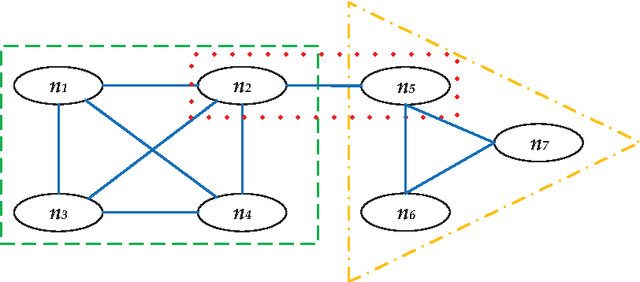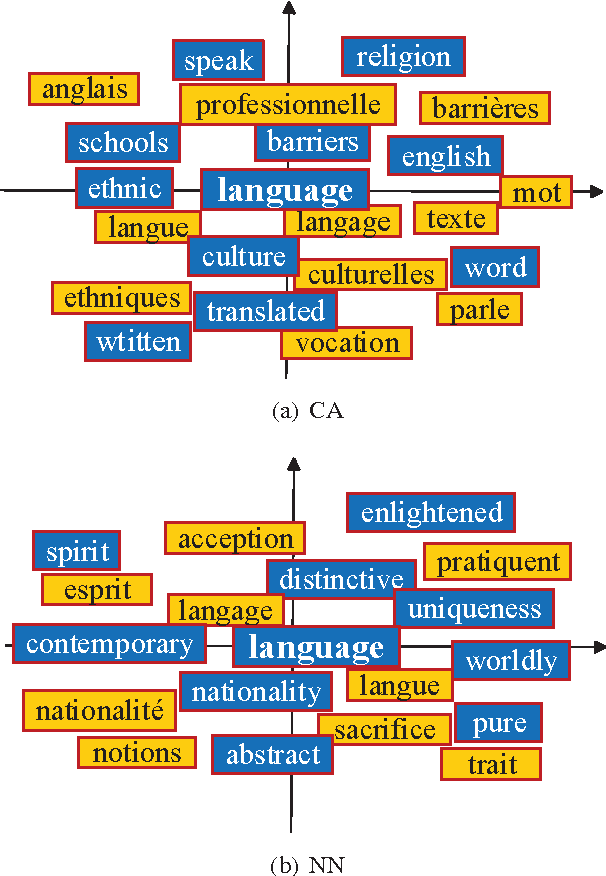A Novel Bilingual Word Embedding Method for Lexical Translation Using Bilingual Sense Clique
Paper and Code
Aug 02, 2016



Most of the existing methods for bilingual word embedding only consider shallow context or simple co-occurrence information. In this paper, we propose a latent bilingual sense unit (Bilingual Sense Clique, BSC), which is derived from a maximum complete sub-graph of pointwise mutual information based graph over bilingual corpus. In this way, we treat source and target words equally and a separated bilingual projection processing that have to be used in most existing works is not necessary any more. Several dimension reduction methods are evaluated to summarize the BSC-word relationship. The proposed method is evaluated on bilingual lexicon translation tasks and empirical results show that bilingual sense embedding methods outperform existing bilingual word embedding methods.
 Add to Chrome
Add to Chrome Add to Firefox
Add to Firefox Add to Edge
Add to Edge